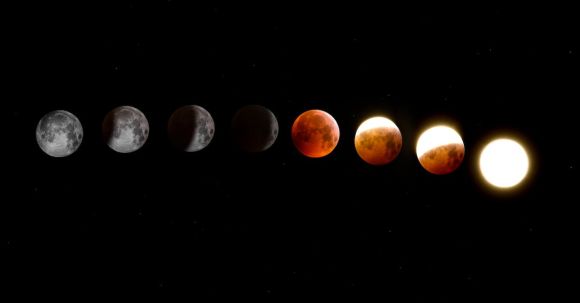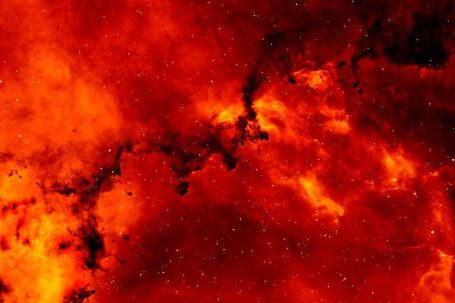Our solar system is full of fascinating and diverse celestial bodies, each with its own unique characteristics. From the scorching heat of the Sun to the icy depths of the outer planets, there is no shortage of wonders to explore. Among these celestial bodies, one planet stands out for its extreme volatility – Jupiter.
The Giant of the Solar System
Jupiter, the largest planet in our solar system, is often referred to as the “giant” because of its massive size. It is more than 11 times the diameter of Earth and has a mass more than 300 times that of our home planet. But it’s not just its size that makes Jupiter so intriguing; it’s also the volatile nature of its atmosphere.
A Stormy Atmosphere
Jupiter’s atmosphere is a cauldron of swirling gases and powerful storms. The most famous of these storms is the Great Red Spot, a massive storm system that has been raging for centuries. The Great Red Spot is so large that it could easily engulf Earth several times over. It is a constant reminder of the volatile nature of Jupiter’s atmosphere.
But the Great Red Spot is not the only storm on Jupiter. The planet is covered in bands of clouds that are constantly in motion, creating a mesmerizing display of swirling colors. These bands are made up of different gases, including hydrogen and helium, and are driven by powerful winds that can reach speeds of up to 400 miles per hour.
Explosive Lightning
Jupiter is also known for its spectacular lightning displays. Unlike the lightning we experience on Earth, which is caused by the interaction between ice particles and water vapor, Jupiter’s lightning is generated by a combination of ammonia and water droplets in its atmosphere. This creates lightning that is much more powerful and intense than anything we have ever witnessed on our own planet.
The Volcanic Moons
While Jupiter itself is a volatile planet, it is also surrounded by a number of moons that are equally fascinating. Two of these moons, Io and Europa, are particularly known for their volcanic activity. Io, the innermost of Jupiter’s four largest moons, is the most volcanically active body in our solar system. Its surface is covered in more than 400 active volcanoes, which spew out lava and other volatile substances.
Europa, on the other hand, is covered in a thick layer of ice. But beneath its icy exterior lies a vast ocean of liquid water. This makes Europa one of the most promising candidates in the search for extraterrestrial life. The presence of liquid water, combined with the volcanic activity on its surface, creates a volatile environment that could potentially support life.
In Conclusion
When it comes to volatility, Jupiter takes the crown as the most volatile planet in our solar system. Its turbulent atmosphere, with its powerful storms and explosive lightning, is a constant reminder of the immense forces at work on this giant planet. And with its volcanic moons, Jupiter offers even more opportunities for exploration and discovery. So the next time you look up at the night sky, spare a thought for Jupiter and its awe-inspiring volatility.





